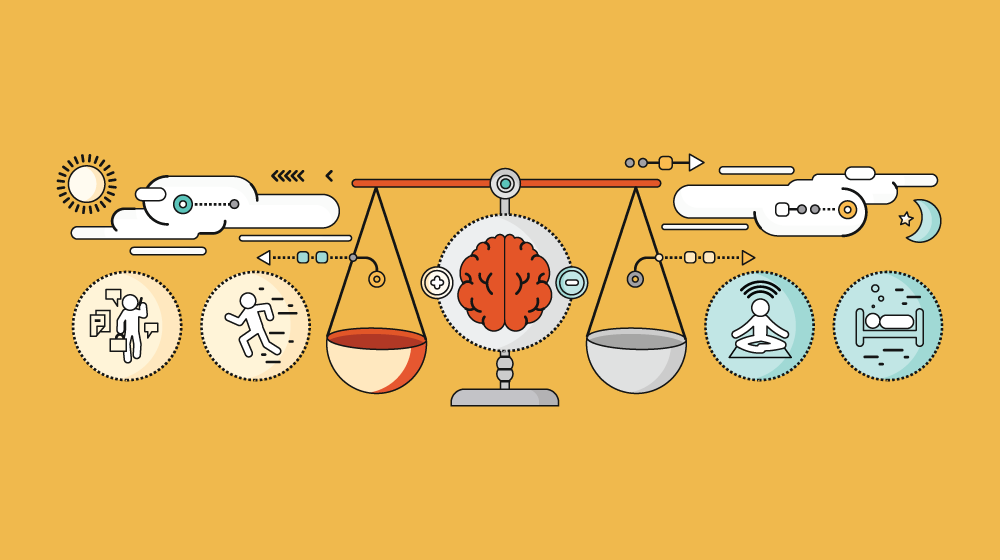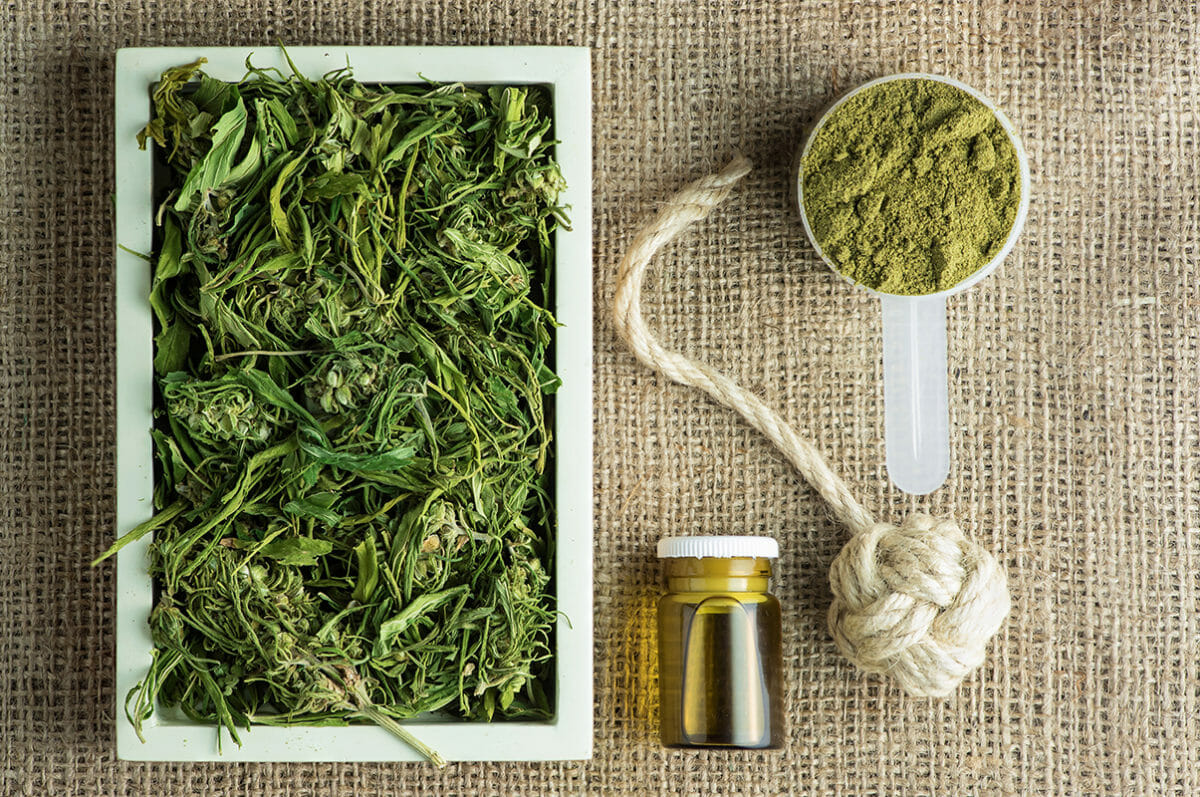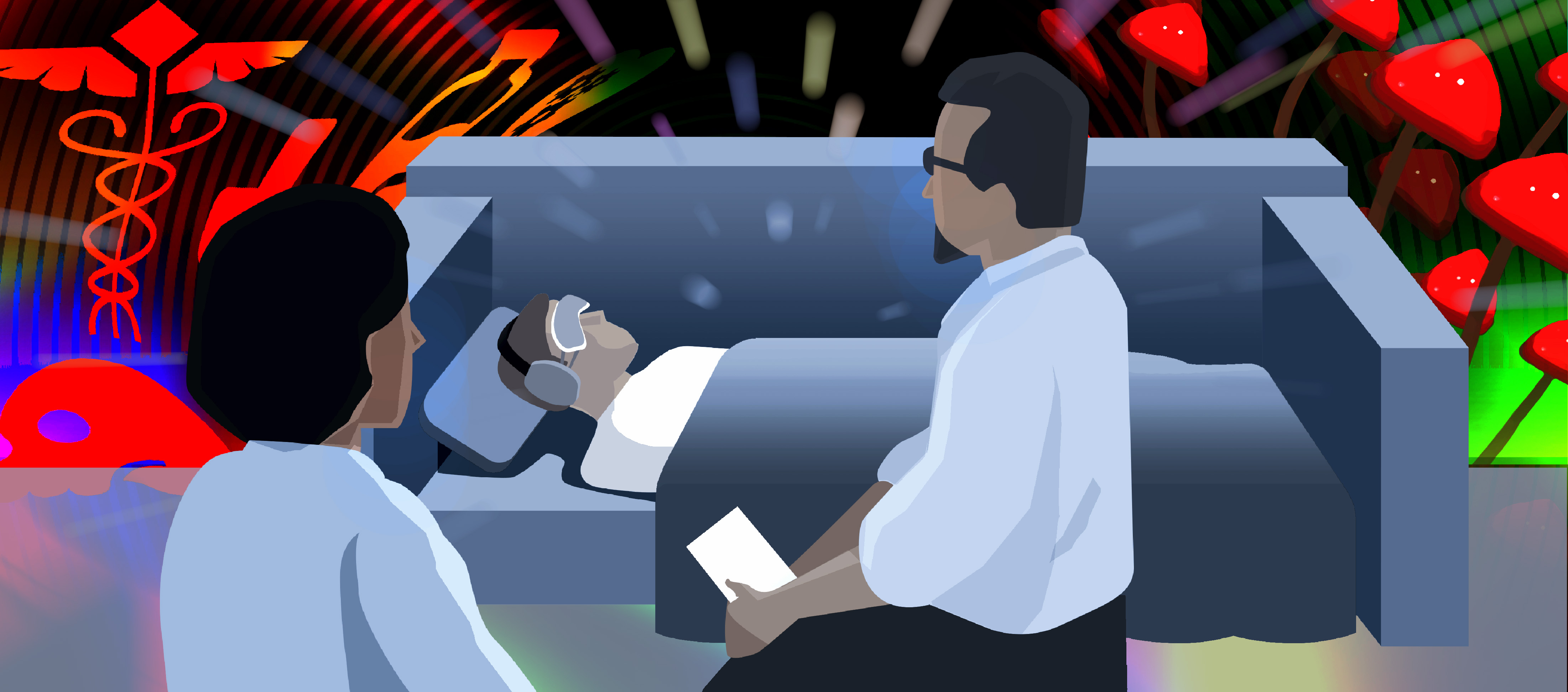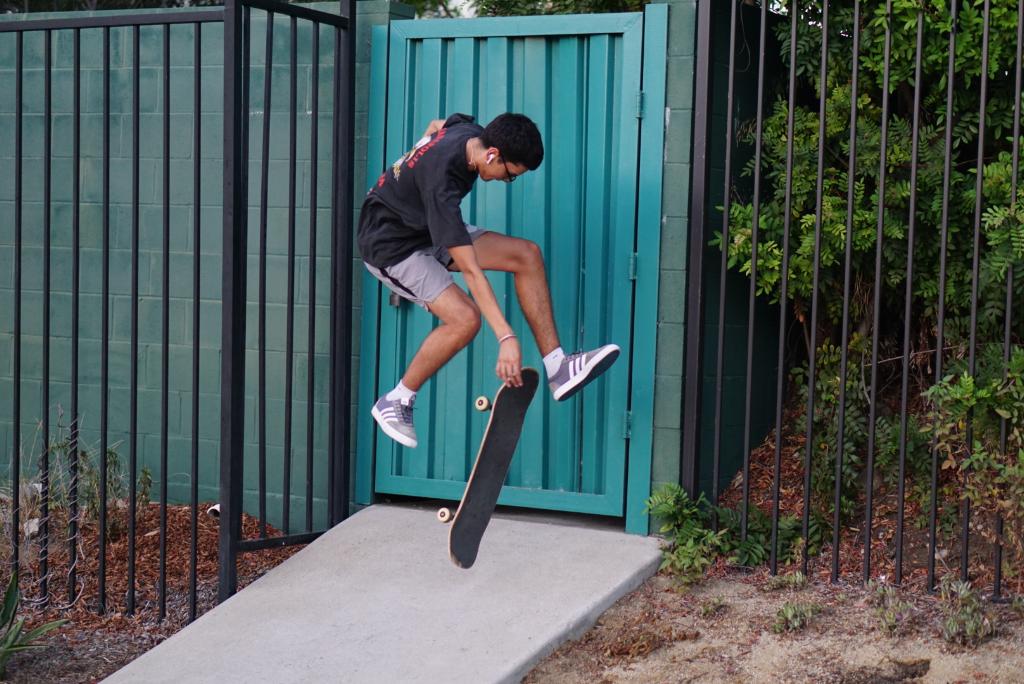Stirring the Pot: Stayin’ Studious Without Losing a Screw
Trying to survive in college is stressful in and of itself; add exams, lack of sleep, and anxiety to the mix and you’re in for a rough time. Here are some helpful tips to stay sane yet studious. Typically, I like to do investigative pieces — this is a bit of a deviation from my […]




